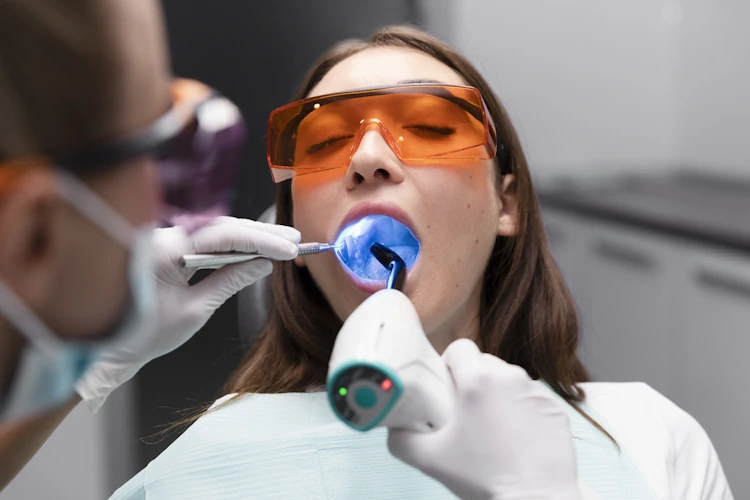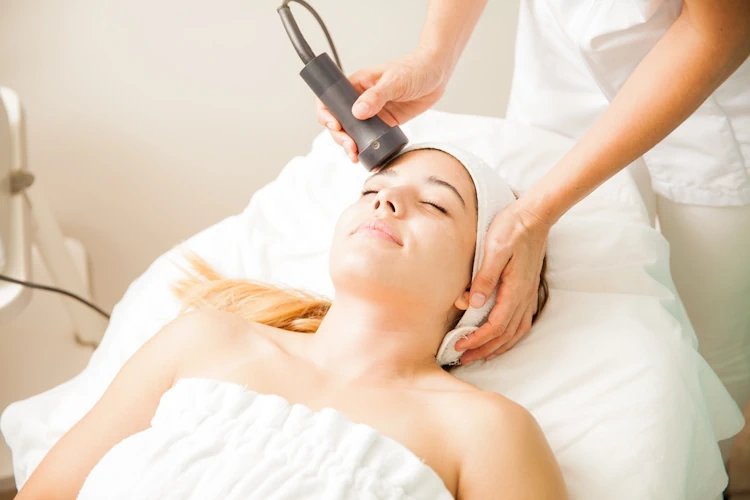As the quest for brighter, whiter smiles continues, the field of teeth whitening has seen significant advancements. One of the latest and most innovative technologies making waves is laser teeth whitening. This guide delves into the intricacies of laser teeth whitening brisbane, exploring its benefits, working mechanisms, safety considerations, and the latest technological innovations shaping the landscape in Brisbane.
Understanding Laser Teeth Whitening
Laser teeth whitening is an advanced cosmetic dentist red hill procedure that employs laser technology to enhance the effectiveness of teeth whitening agents. This method is gaining popularity for its efficiency and ability to deliver faster results compared to traditional teeth whitening methods.
Benefits of Laser Teeth Whitening
The appeal of laser teeth whitening lies in its ability to provide faster and more efficient results. Additionally, individuals often experience reduced sensitivity compared to other teeth whitening methods, making it a more comfortable option for achieving a brighter smile.
How Laser Teeth Whitening Works
The process involves the interaction between a special laser and a whitening gel applied to the teeth. The laser activates the whitening agents in the gel, allowing for a more thorough and enhanced whitening effect. This targeted approach contributes to the efficiency of the procedure.

Safety and Regulations in Laser Teeth Whitening
Ensuring the safety of laser teeth whitening procedures is paramount. Qualified practitioners with proper training and certification adhere to strict safety regulations. Patients are encouraged to seek treatments from reputable providers to guarantee a safe and regulated experience.
Costs and Affordability of Laser Teeth Whitening
The cost of laser teeth whitening can vary based on factors such as the provider’s location, experience, and the extent of treatment required. Comparisons with other teeth whitening methods help individuals make informed decisions about the affordability and value of laser teeth whitening.
Choosing a Laser Teeth Whitening Provider in Brisbane
Selecting an experienced and certified professional for laser teeth whitening is crucial. Reading reviews, seeking recommendations, and ensuring the provider has a track record of successful treatments contribute to a positive and satisfying experience.
The Latest Technological Innovations in Laser Teeth Whitening
Recent advancements in laser technology for teeth whitening focus on customization and precision in treatment. The ability to tailor the laser’s intensity and wavelength to individual needs enhances the overall experience and outcomes of laser teeth whitening.
Patient Experience and Testimonials
Real-life stories from individuals who have undergone laser teeth whitening provide valuable insights into the positive outcomes and satisfaction achieved through this innovative teeth whitening solution.
Common Myths About Laser Teeth Whitening
Dispelling common myths surrounding laser teeth whitening, such as concerns about safety or discomfort, helps potential candidates approach the procedure with accurate information and confidence in its effectiveness.
Post-Whitening Care and Maintenance Tips
After undergoing laser teeth whitening, patients are provided with guidelines for maintaining their newly whitened teeth. Minimizing the risk of staining and adopting good oral hygiene practices contribute to the longevity of the whitening effects.
The Future of Laser Teeth Whitening Technology
The field of laser teeth whitening continues to evolve with ongoing research and development. The future holds the promise of even more advanced technologies, potentially making teeth whitening more accessible and effective for a broader audience.
Conclusion
In conclusion, laser teeth whitening stands at the forefront of innovative cosmetic dentistry solutions, offering a transformative experience for individuals in Brisbane seeking a brighter, more radiant smile. The latest advancements in technology, coupled with the benefits of efficiency and reduced sensitivity, make laser teeth whitening a compelling option for those on the journey to a whiter smile.
Frequently Asked Questions (FAQs)
- Is laser teeth whitening safe?
- Yes, when performed by qualified professionals, laser teeth whitening is a safe and regulated procedure.
- How long do the results of laser teeth whitening last?
- The longevity of results varies, but with proper care, they can last for an extended period.
- Does laser teeth whitening work on all types of stains?
- Laser teeth whitening is effective for a range of stains, but individual results may vary; a consultation with a dentist can provide insights into the suitability of the procedure.
- Is laser teeth whitening suitable for sensitive teeth?
- Many individuals with sensitive teeth find laser teeth whitening to be a more comfortable option compared to traditional methods.
- Can I resume normal activities immediately after laser teeth whitening?
- Yes, individuals can typically resume normal activities immediately after the procedure, as there is minimal downtime.

